This content is restricted to subscribers
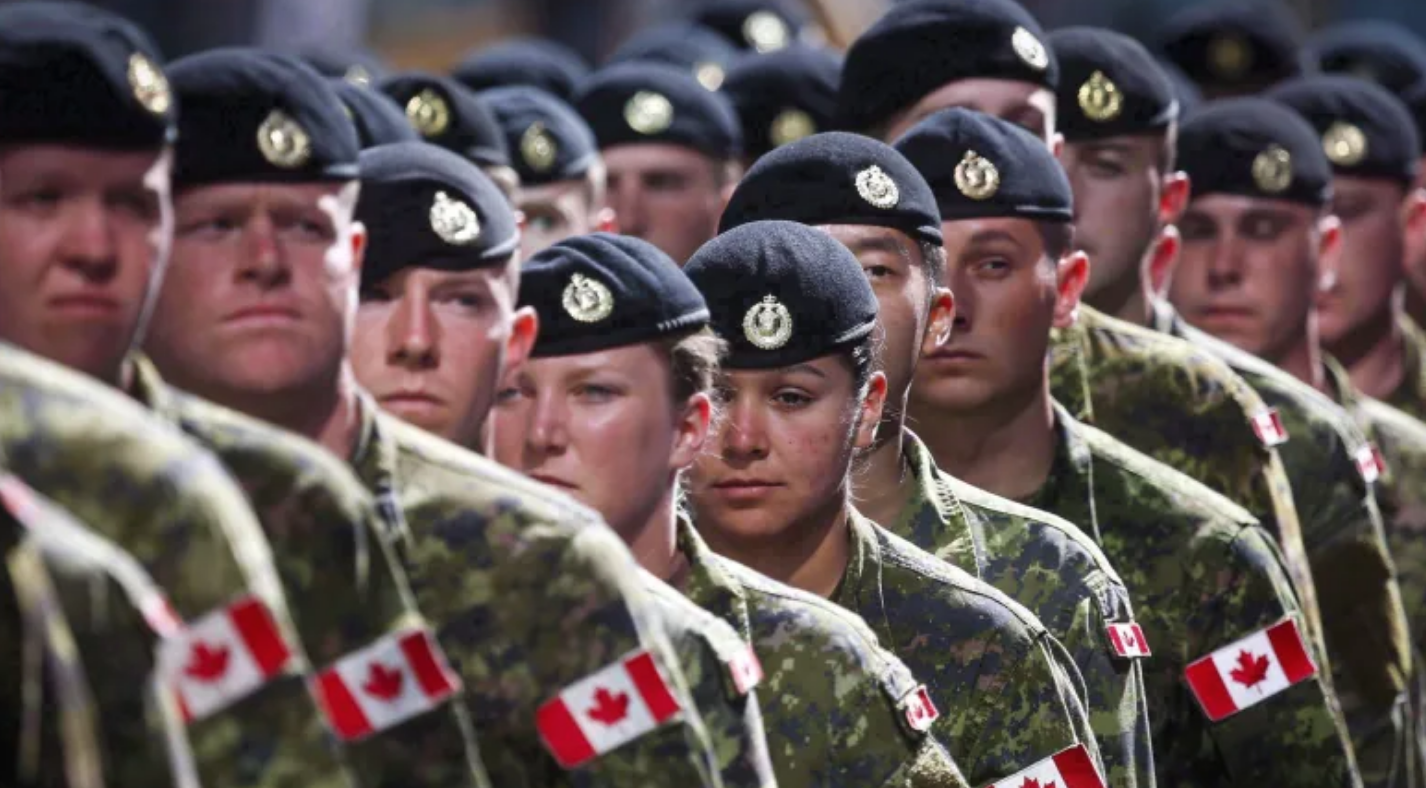
The views, opinions and positions expressed by columnists and contributors are the author’s alone. They do not inherently or expressly reflect the views, opinions and/or positions of our publication.

This content is restricted to subscribers
The views, opinions and positions expressed by columnists and contributors are the author’s alone. They do not inherently or expressly reflect the views, opinions and/or positions of our publication.
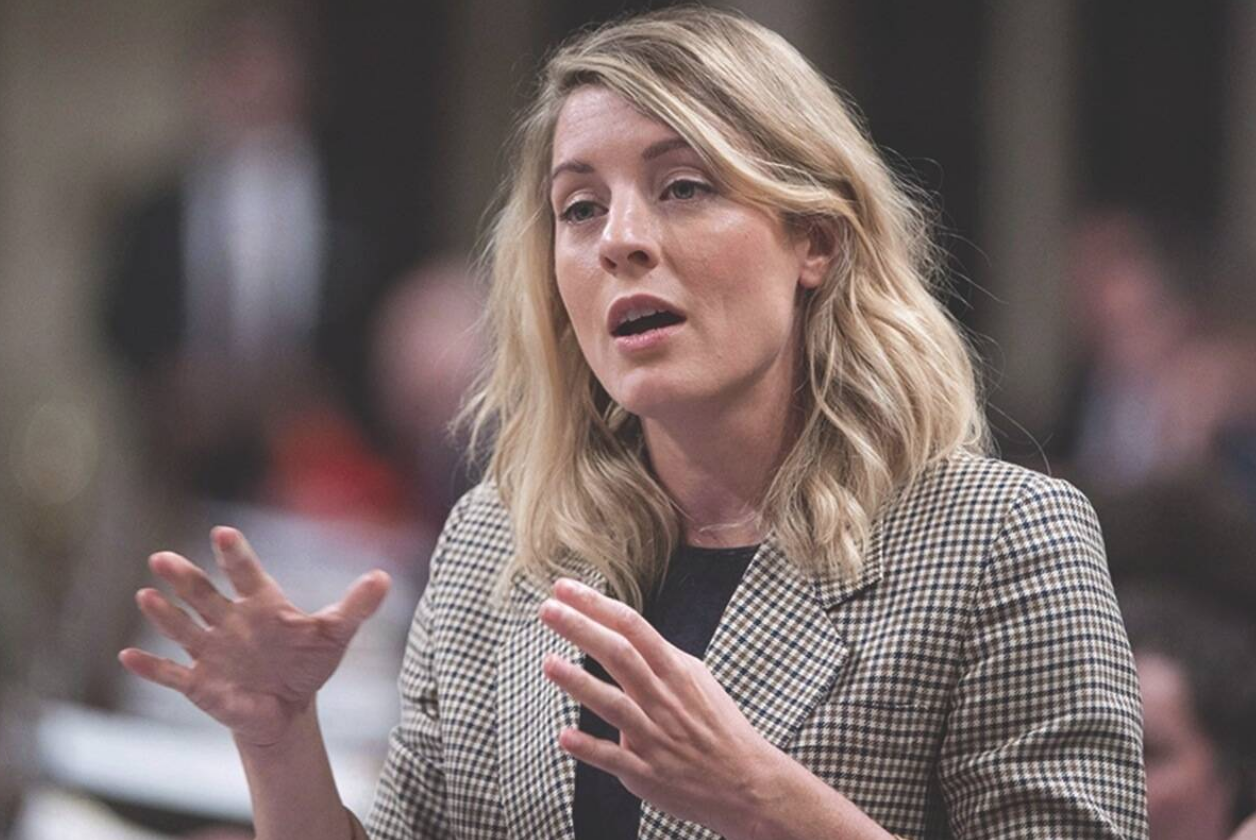
This content is restricted to subscribers
The views, opinions and positions expressed by columnists and contributors are the author’s alone. They do not inherently or expressly reflect the views, opinions and/or positions of our publication.
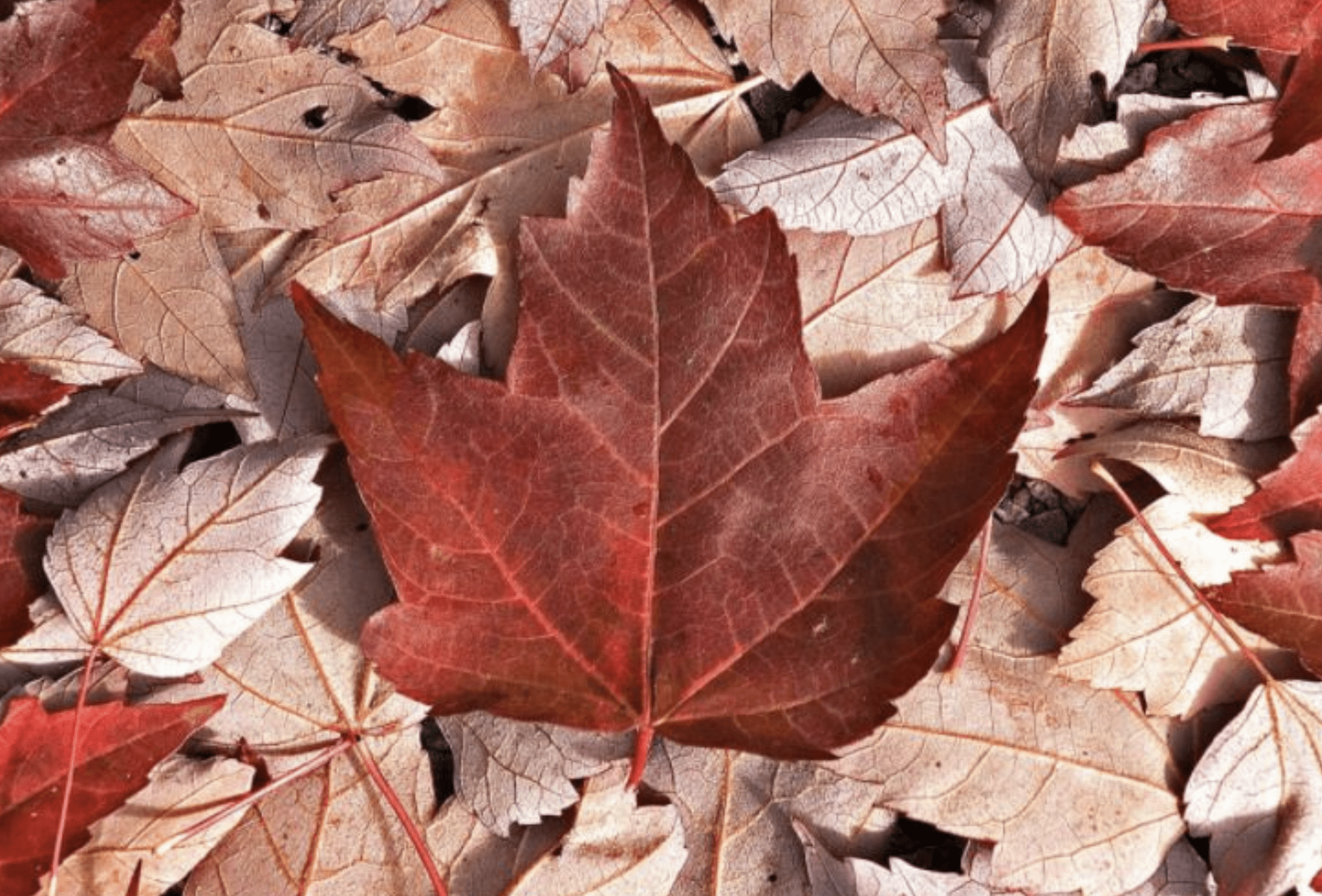
Become a subscriber today!
Register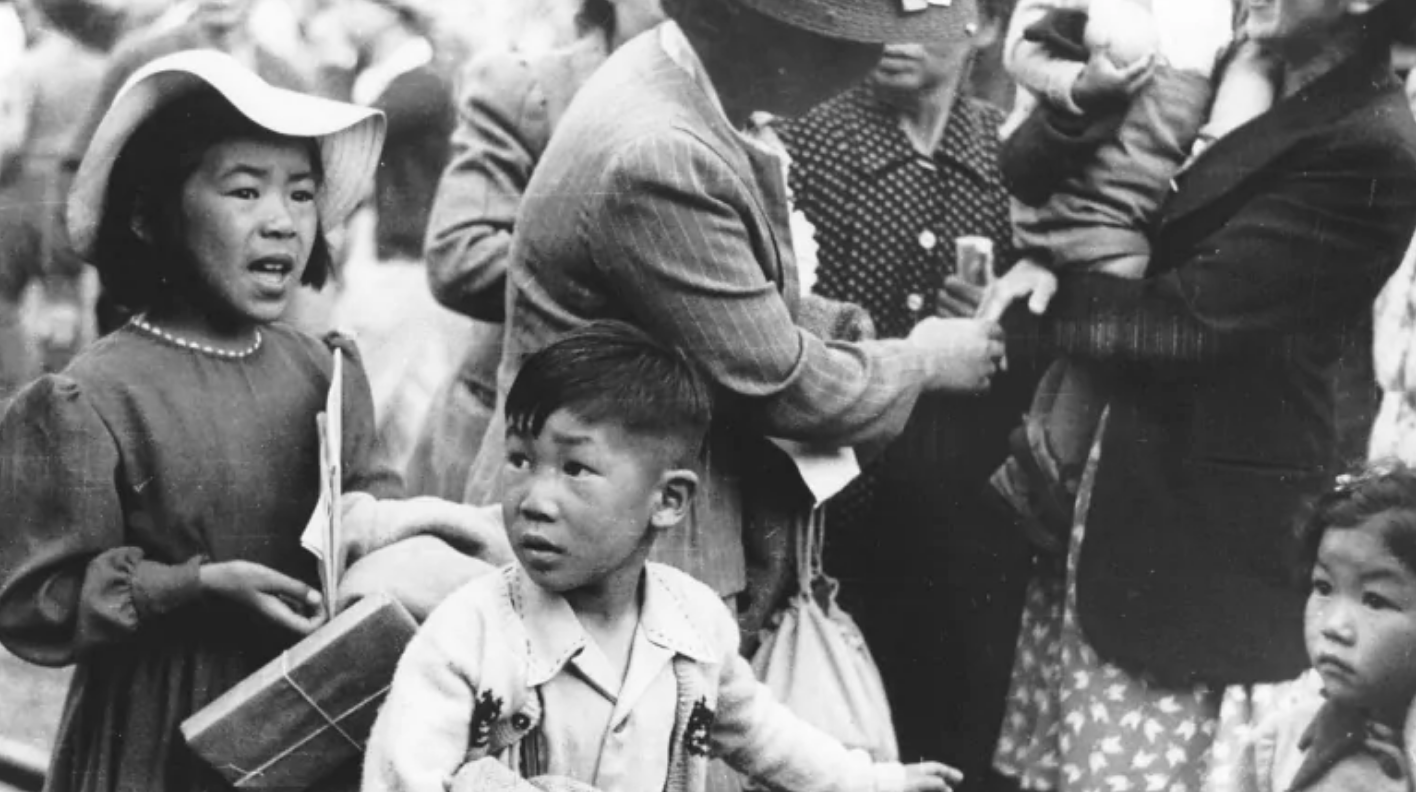
“I know that I speak for Members on all sides of the House today in offering to Japanese Canadians the formal and sincere apology of this Parliament for those past injustices against them, against their families, and against their heritage, and our solemn commitment and undertaking to Canadians of every origin that such violations will never again in this country be countenanced or repeated.”
—part of a speech by Prime Minister Brian Mulroney to the House of Commons in 1988
Vladimir Putin’s brazen war of conquest against Ukraine has conjured a visceral response from many Canadians. But obscured among our support for Ukrainians’ plight stirs a more sinister force: Russophobia. Numerous incidents of harassment against Canadians of Russian descent have been reported over the past fortnight. If the war continues to intensify, so too will torment against Russian Canadians. Keeping in mind the historical injustice of the internment of Japanese Canadians, we must not allow Putin’s despicable war to sow xenophobic division here in Canada, and should take proactive actions to halt such trends.
As a megalomaniac intent on empire-building, Putin has illustrated wanton disregard for national sovereignty and international law. But far worse is his callous indifference to human life, indiscriminately bombing Ukrainian residences simply to propagate terror among the population, an action that undoubtedly constitutes a war crime.
No surprise, then, that Canadians and much of the international community are expressing empathy for Ukrainians, along with outrage at the Russian state for such heinous atrocities.
Unfortunately, anger at Russia’s despot-led government often manifests itself abroad as harassment of the Russian diaspora. Here in Canada, Russian churches have been vandalized, while Russian businesses such as restaurants are targeted with threatening phone calls or adverse online reviews. A teenage hockey player was also allegedly the victim of a racial slur from an opposing player.
It’s worth emphasizing that many Canadians of Russian descent were born here. Of those who emigrated, plenty of them fled repression – either Soviet or Putin’s modern variety. Russo-Canadians are much more likely to have been victims of the Russian state rather than its overseas cheerleaders. The thought of re-victimizing these people is repugnant. And numerous Russian-themed businesses here in Canada have gone out of their way to express support for Ukraine – including actively fundraising – while denouncing Putin.
Attempting to categorize Canadian immigrants and their descendants as having either a “Ukrainian” or “Russian” identity – as if it were a simplistic binary – is often a futile task, as many Canadians share ancestry from both countries. Several of the “Russians” in Canada who have been targeted for abuse are also of Ukrainian lineage. How is harassing them meant to help war-torn families in Kyiv? When we seek convenient scapegoats, we quickly appreciate the world is a complex tapestry. Only one person deserves our scorn for the war, and he certainly doesn’t live in Canada.
Thus far, most incidents of harassment against Russo-Canadians have been typically Canadian: that is, passive-aggressive. Thankfully there have not yet been any reported physical assaults. But if the war escalates – and it almost certainly will – it’s likely that violence will become a weapon brandished by xenophobic Canadians. We may even witness demagogic politicians attempt to exploit the division for their selfish ends.
The Russophobia fomenting over the past two weeks serves as a disturbing reminder of a dark chapter from Canada’s history: the forcible internment of British Columbians of Japanese descent during the Second World War. 22,000 such people – most of whom were born in Canada and thus Canadian citizens – were detained and relocated to British Columbia’s Interior, accused of being a threat to national security. In Vancouver, 8,000 women and children were temporarily sent to live in livestock pens – among animal feces and bugs, and without toilets – before being relocated away from the Pacific coast. Men were compelled to labour in road camps. Property and possessions of these Japanese Canadians were sold without their consent, purportedly to pay for the costs of internment.
War brings out the worst in human beings. Our nature is instinctively tribal, and during difficult times, good-versus-evil caricatures of “others” are often readily accepted without adequate scrutiny or critical thinking. This, of course, plays into Putin’s attempts to sow social division in the West, every bit as effective as his army of Twitter bots and trolls that aim to ruffle political feathers.
As citizens of a country that has formally embraced multiculturalism, It’s important that Canadians are regularly reminded that an entire ethnicity cannot be “bad” or “good”, as well as of the consequences of demonizing groups of people, especially during wartime. Education is perhaps the best long-term solution, ideally beginning at a young age. British Columbia and Ontario include Japanese Canadian internment in their elementary school curricula, but unfortunately many other provinces – including Alberta – do not.
With a war unfolding abroad and xenophobia against Russian Canadians currently increasing, we also need immediate remedies.
Just as Canada possesses a moral obligation to assist Ukrainians being attacked by a baleful dictator, so too must we protect our fellow Canadians from any harm arising from wartime xenophobia. We shouldn’t merely scold and tut after incidents come to light – instead, we must proactively remind Canadians of the harm caused by racism. The Canadian government should run advertisements stressing the need to be extra kind to Russo-Canadians during this conflict, and that if we turn against each other, Putin ultimately wins.
“We must make these people feel at home among us. We will secure their loyalty by fairness and kindness …”
—part of a speech by Angus MacInnis, Vancouver-Kingsway MP, to the House of Commons in 1941
Resources for learning about the historical internment of Japanese Canadians:
https://www.youtube.com/watch?v=fxVZtQULIMQ
https://www.youtube.com/watch?v=xUGM7EfwwU8
https://www.youtube.com/watch?v=C8TQTuMqM9g
Obasan (by Joy Kogawa; Penguin Random House Canada, 2017 [originally published in 1981])
The Three Pleasures (by Terry Watada; Anvil Press, 2017)
Naomi’s Road (by Joy Kogawa, illustrated by Ruth Ohi; Fitzhenry & Whiteside, 2005 [originally published in 1986])
On Being Yukiko (by Jeff Chiba Stearns and Lillian Michiko Blakey; Sandhill Book Marketing Ltd., 2021)
Stealing Home (by J. Torres, illustrated by David Namisato; Kids Can Press, 2021)
Toshiko (by Michael Kluckner; Midtown Press, 2015)
The views, opinions and positions expressed by columnists and contributors are the author’s alone. They do not inherently or expressly reflect the views, opinions and/or positions of our publication.
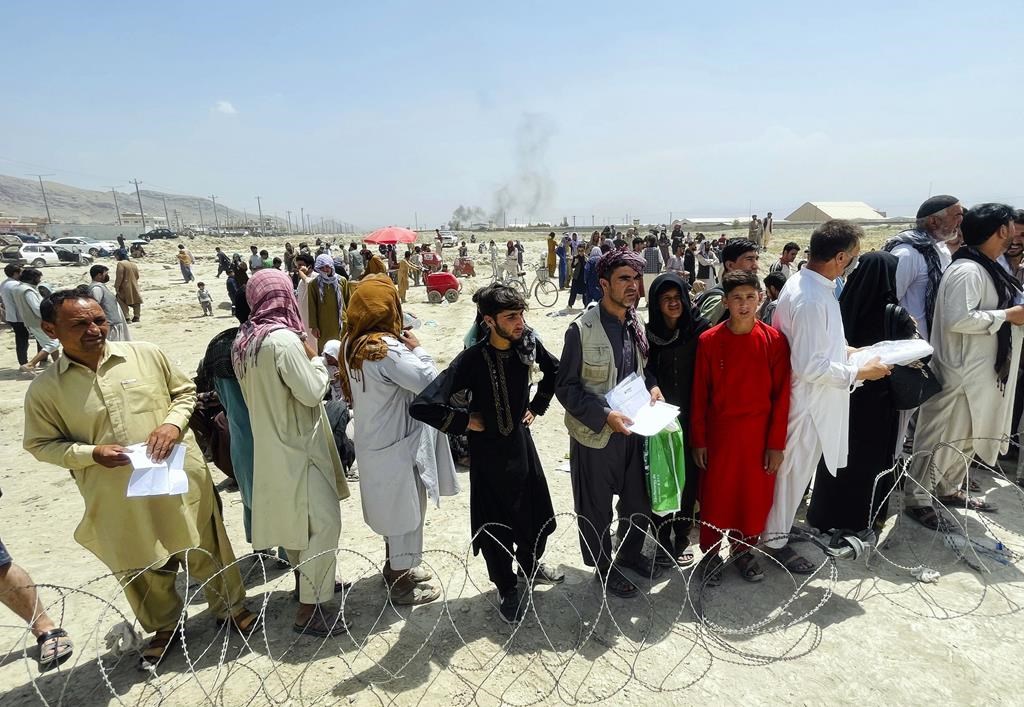
This content is restricted to subscribers
The views, opinions and positions expressed by columnists and contributors are the author’s alone. They do not inherently or expressly reflect the views, opinions and/or positions of our publication.
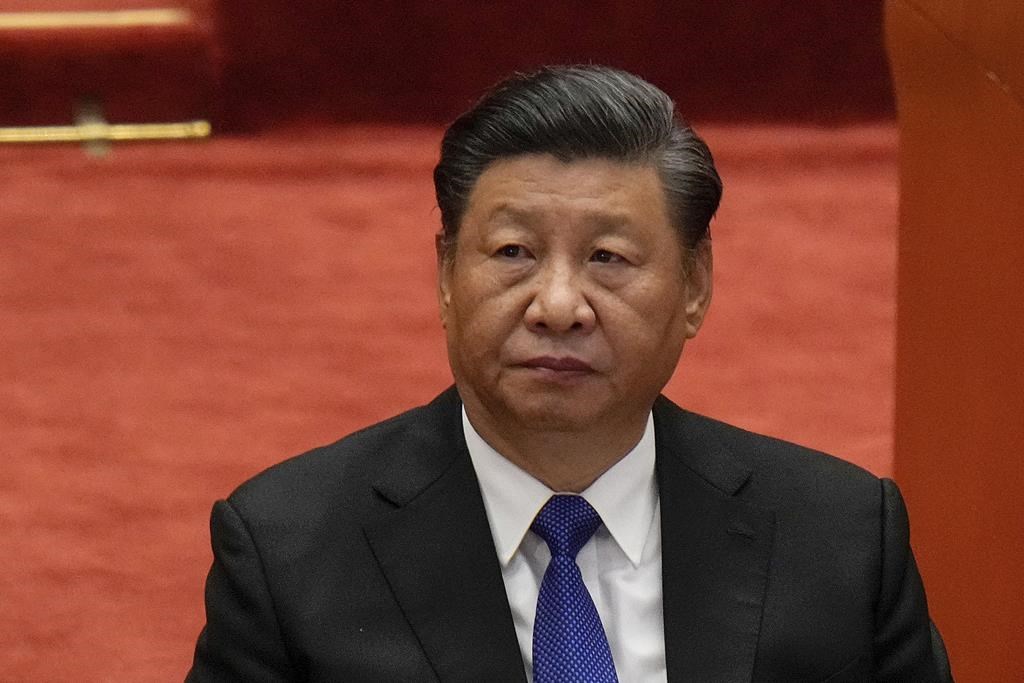
Dear Chairman Xi,
Or should I say “President for Life” or “the Great”? And congratulations on your promotion to the ranks of the materialist immortals and theoretical geniuses. I see on Amazon that “If one doesn’t understand The Thoughts of Xi Jinping, he cannot understand the future of China and the world.” But I wonder if I could ask you to hold off on doing anything rash for, say, 15 years. Or maybe 25.
It’s not entirely evident that you place great store by the Thoughts of Canada or even those of Little Potato. Perhaps once we truly understand the thoughts of Xi Jinping we’ll grasps that we wretched foreigners are to kowtow good and hard if we don’t want something to… happen to our businesspersons, our economy or who knows, our airspace as well. Oh, and our cybernetworks to which our power plants are linked. But here’s the thing.
We are a moral superpower. If you do mean nasty ugly things we will disapprove of you in ways that would wilt a hundred flowers. Eventually. Oh wait. Your lovely regime already did so, and pronto. But never mind. The point about our “eventually” is that we are building some submarines so if you do something nasty like attack Taiwan, or Japan, or Australia, or Europe, or North America, we can sink your battleship. Or aircraft carrier. Or immense fleet of same. It’s only fair.
OK. Not building. Thinking of maybe building. But if we ever get to it they will be very cool submarines. Not as cool as the Australian ones with nuclear power. But a whole lot better than the second-rate junk we got from Britain in 1998 after Pakistan said “No thanks”. Yes, the Victoria class that caught fire, fell over and sank into the sea. See, we were just kidding back then, confident that the mighty U.S. navy would protect us while we pranced around denouncing American imperialism.
We’re not so sure today. The decline of the American empire that our chattering classes longed for and gloated over appears to be arriving and product is not quite as advertised. So we’re going to retire those Victorian beauties in about two decades. After all, the Germans nearly won the Battle of the Atlantic in 1941 with subs launched in 1891 and the pace of technological change has obviously slowed since. And when we do, we’re going to build some first-rate submarines. Or second-rate. Nuclear power is just so yucky, don’t you think?
Oh wait. You don’t. You’re engaging in a massive buildup of your nuclear arsenal, nuclear-powered navy, hypersonic missiles, cyberwarfare and all that stuff with which you will finally restore the Mandate of Heaven or whatever it is that means you get to tell everyone what to do and kill them if they don’t. You think political power grows out of the barrel of a gun, not a flower. What a mean man. Still, in case you have a point, we need some subs.
Unfortunately it turns out we’re not very good at defence procurement. Probably you knew already. I suspect some grim people on your staff and in your gigantic private army including PLA Unit 61398 are probing with bayonets, so to speak, and finding us sort of mushy just now. But look, we’re Canada and nothing bad can happen to us, so back off now or we’ll send a protest note. A stern one. Not exactly wolf warrior diplomacy. More agitated house cat.
You laugh? You ask how either world war would have gone if we’d had the kind of complacent incompetence about defence procurement then that we have now? Well ha ha to you Mr. Great because we did. We entered World War One with coal-burning ships firing black powder shells. Admittedly only two. But one was called “Rainbow” so see how progressive we were even then? (The other ran aground but we got it off the shoal again.) And we started World War Two with only six tanks but it was OK because they were obsolete anyway. And our troops trained by pointing sticks and shouting bang which was very good for their lungs.
If you can spare a moment from being great and all, you might reflect that once provoked we rapidly armed ourselves, played a major role in both World Wars which our side did win, along with the Cold War. Despite, not because of, not having a “Great” ruler since Alfred of Wessex. We do the active self-reliant citizen thing not the insane grandiose dictator. But we do seem to have developed a bit of a paunch lately and need to work out for a bit.
So as noted, have fun being great but please don’t attack for at least 20 years.
Yours sincerely Canada the Moral Superpower.
The views, opinions and positions expressed by columnists and contributors are the author’s alone. They do not inherently or expressly reflect the views, opinions and/or positions of our publication.
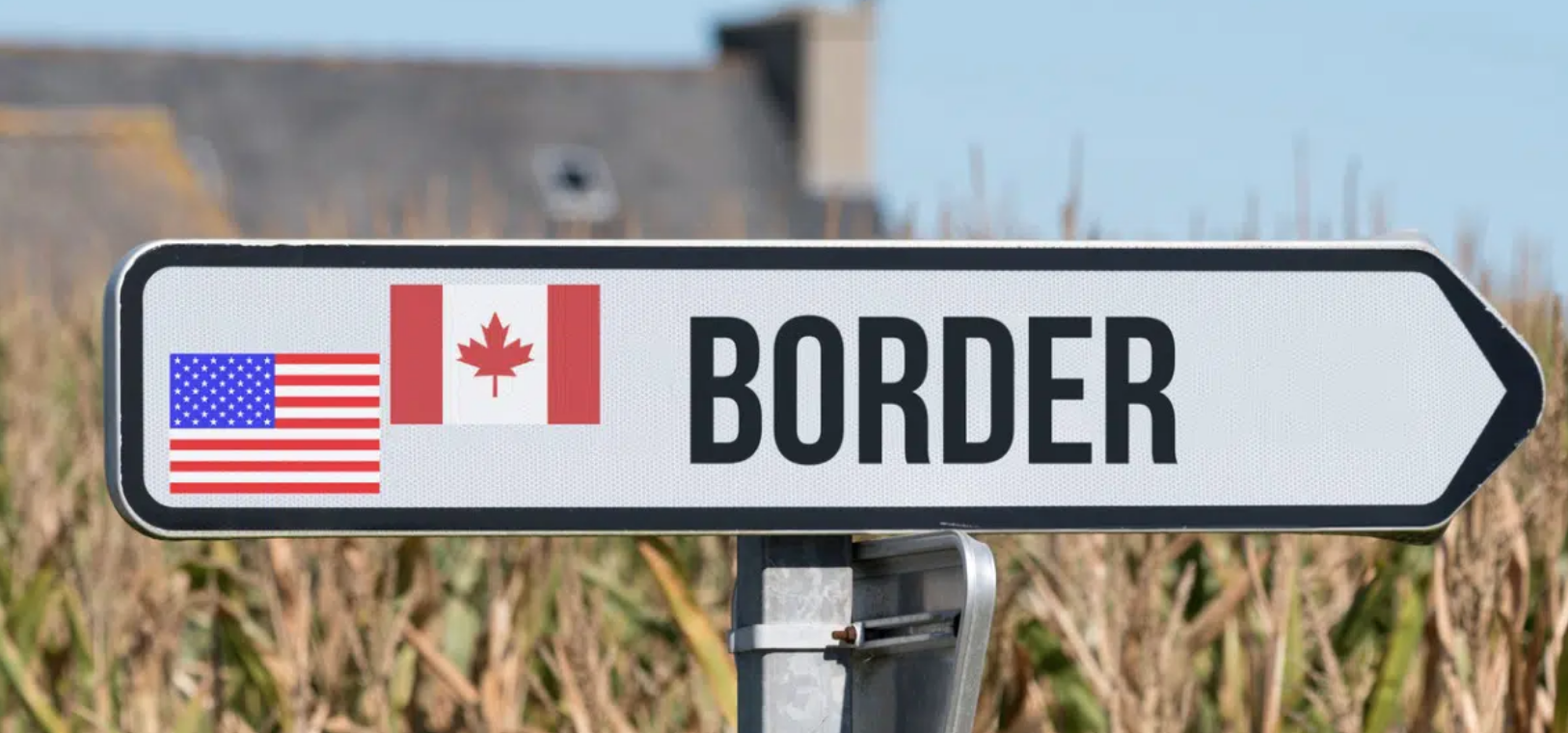
This content is restricted to subscribers
The views, opinions and positions expressed by columnists and contributors are the author’s alone. They do not inherently or expressly reflect the views, opinions and/or positions of our publication.

Become a subscriber today!
Register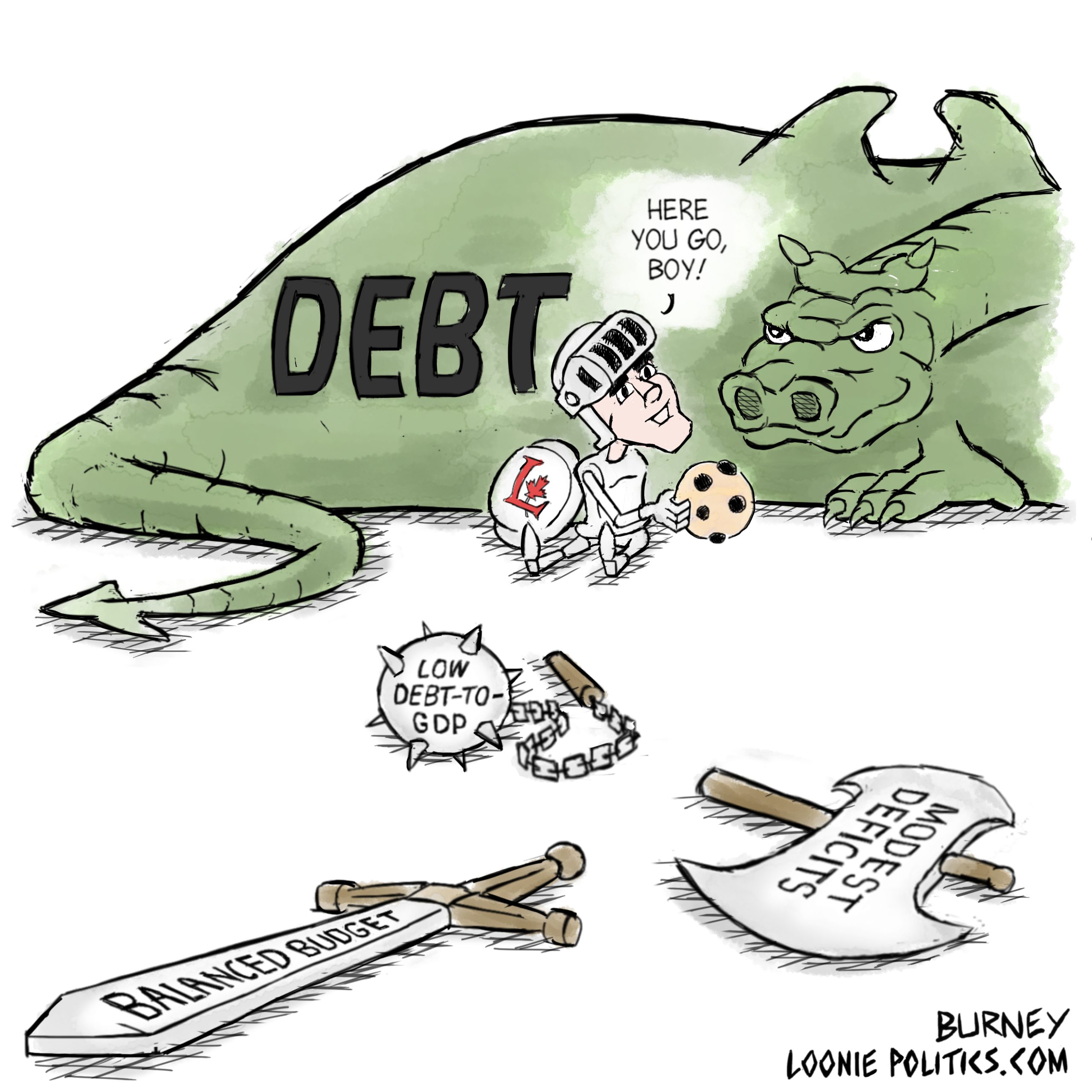
This content is restricted to subscribers
The views, opinions and positions expressed by columnists and contributors are the author’s alone. They do not inherently or expressly reflect the views, opinions and/or positions of our publication.

The recent discovery of the bodies of 215 Indigenous children buried at the Kamloops Indian Residential School was horrific, yet sadly comes as little surprise to those who have had the courage to gaze into the dark abyss of Canadian history. After all, the Truth and Reconciliation Commission (TRC) received testimony about numerous such unmarked graves. Regrettably, no subsequent action was taken; in fact, many TRC witnesses were accused of peddling lies. Undoubtedly there will be numerous similarly traumatic exhumations in the years to come.
Due to a colonial education system that glossed over Indigenous peoples as if they are a mere footnote, it’s been easy for Canadians to subscribe to the myth that their country is harmless, inoffensive, polite. We’ve perpetuated the notion that Canada is a country of innocence: kindness, peacekeeping, and excessive apologies.
But reality is starkly different: the construction of Canada was consciously engineered to cause harm to Indigenous peoples, both past and present.
Many non-Indigenous Canadians refuse to acknowledge this inconvenient and insidious side of their country. It’s easier to avert our gaze from unsettling stories, or to remain wilfully ignorant, when the truth reveals our collective inhumanity.
As the Germans have exemplified, true “patriotism” is not about thumping one’s chest or engaging in flag fetishism; instead, it’s about adopting a philosophy of continual improvement, which requires the bravery of acknowledging mistakes and weaknesses. This is what Canada should seek to emulate, rather than the brash and vacuous nationalism seen to our south, especially when it comes to Indigenous reconciliation.
While the last of Canada’s residential schools were shuttered by 1996, systemic racism remains rampant throughout Canadian society. Whether it’s spending $8 million fighting First Nations children in a human rights lawsuit, dozens of unfulfilled TRC recommendations, communities that still lack drinking water (when Canada can apparently find money to send a moon rover into space), or over-representation of Indigenous people in foster care and incarceration, we need to face facts – colonization has been catastrophically harmful for Indigenous people, and we’re still not doing enough to put things right (or as right as they ever could be).
It’s easy to shrug and give up when the entire country is embedded with systemic racism, but social evolution often occurs gradually thanks to individual efforts. It’s vital for every non-Indigenous Canadian to realize that indifference or inaction is a quiet vote in favour of the unacceptable status quo.
One of the most powerful efforts Canadians can make toward Indigenous reconciliation is to eradicate ignorance, specifically a lack of knowledge and awareness of what has previously and still currently causes harm. The education system may have only scantly addressed Indigenous history for most of us, but there’s nothing stopping Canadians from taking the initiative to learn on our own, and to share such learning with our peers. If you have the courage, immerse yourself in the darker side of Canada’s history, and then learn how you can help address the systemic racism that continues to fester inside the heart of this country like a cancerous lesion.
As part of that learning journey, the following is a list of books about how Canada has harmed Indigenous people, as well as how we can all be part of reconciliation. With the abundance of documented evidence now readily available, there is no longer any excuse to remain ignorant of our own country’s uncomfortable history.
TAKING ADVANTAGE OF GRACIOUS HOSTS
Clearing the Plains: Disease, Politics of Starvation, and the Loss of Aboriginal Life (by James Daschuk; University of Regina Press, 2019)
Canada’s first Prime Minister, Sir John A. Macdonald, implemented numerous genocidal policies against Indigenous peoples. Perhaps the most brutal was his government’s use of starvation as a weapon to clear Indigenous peoples from their land, which was subsequently given away for free to European settlers.
No Surrender: The Land Remains Indigenous (by Sheldon Krasowski; University of Regina Press, 2019)
Newly-rediscovered historical accounts suggest that the Canadian government intended to mislead Indigenous peoples during treaty negotiations, specifically regarding the “surrender clause” and land sharing. Is our entire country the product of bad-faith exploitation?
Peace and Good Order: the Case for Indigenous Justice in Canada (by Harold R. Johnson; Random House of Canada, 2019)
The CBC offers an apt summary: “[T]he case against Canada for its failure to fulfil its duty under Treaty to effectively deliver justice to Indigenous people, worsening the situation and ensuring long-term damage to Indigenous communities.”
Surviving Canada: Indigenous Peoples Celebrate 150 Years of Betrayal (edited by Myra Tait and Kiera Ladner; ARP Books, 2017)
150 years after Confederation, most Indigenous peoples still do not receive respect and recognition of their treaty and Indigenous rights. This book contains a series of essays about their exasperating relationship with Canada.
ATTEMPTING TO DESTROY INDIGENOUS IDENTITY
An Act of Genocide: Colonialism and the Sterilization of Aboriginal Women (by Karen Stote: Fernwood Publishing, 2015)
Offers evidence of Canada’s program of forced sterilization of Indigenous women. (Readers may notice many parallels with how China is currently treating the Uighur Muslim minority.)
Fighting for a Hand to Hold: Confronting Medical Colonialism against Indigenous Children in Canada (by Samir Shaheen-Hussain; McGill-Queen’s University Press, 2020)
When sick children from Indigenous communities in northern Quebec were flown to urban hospitals, their parents were not allowed to travel with them. This contributed to normalizing the harmful separation of Indigenous children from their parents and families. Such children often became the victims of medical violence: abuse in “Indian Hospitals”, the subject of unethical medical experiments, or preventable exposure to diseases such as smallpox and tuberculosis.
They Came for the Children: Canada, Aboriginal Peoples, and Residential Schools (by Trust and Reconciliation Commission of Canada staff; 2012)
Painstakingly details the harm and violence Canada perpetrated against Indigenous children. The goal of residential schools was to “kill the Indian in the child”, in which the state attempted to erase Indigenous identity through cultural and linguistic genocide.
A National Crime: The Canadian Government and the Residential School System [2017 edition] (by John S. Milloy; University of Manitoba Press, 2017)
Residential schools offered an inferior education; their purpose was not to educate, but to decimate Indigenous identity. The schools were chronically underfunded and usually mismanaged, with little to no supervision of school officials to prevent abuse and neglect. As one “Indian Affairs Superintendent” put it in 1948: “[I]f I were appointed by the Dominion Government for the express purpose of spreading tuberculosis, there is nothing finer in existence that the average Indian residential school.”
Behind Closed Doors: Stories from the Kamloops Indian Residential School (by Jack Agnes; Theytus Books, 2006)
Although the bodies of the 215 Indigenous children found buried at the Kamloops Residential School were discovered only last month, the horrors that occurred at the institution are well documented, including in this book published 15 years ago. More than 30 former students recount their harrowing experience at the infamous facility.
Out of the Depths: The Experiences of Mi’kmaw Children at the Indian Residential School at Shubenacadie, Nova Scotia [4th Edition] (by Isabelle Knockwood; Fernwood Publishing, 2015)
Forty-two survivors are interviewed about their experience at this east coast institution. This fourth edition also contains follow-up interviews about the students’ reactions to the Canadian government’s apology in 2008.
Métis History and Experience and Residential Schools in Canada (by Larry N. Chartrand, Tricia E. Logan and Judy D. Daniels; Aboriginal Healing Foundation, 2006)
Despite that the Canadian government was intent on assimilating Indigenous peoples into a Euro-Christian society, the government did not want to take responsibility for the Métis. As such, the Métis experience was unique: although some did attend residential schools, others who lived outside of Indigenous communities were not offered any coherent education.
Residential Schools: With the Words and Images of Survivors: a National History (by Larry Loyie; Indigenous Education Press, 2014)
Intended for general readers, this book contains the experiences of more than 70 survivors of residential schools, as well as 125 archival and contemporary images.
They Called Me Number One: Secrets and Survival at an Indian Residential School (by Bev Sellars; Talonbooks, 2012)
Xatsu’ll chief Bev Sellars spent part of her childhood at a church-run residential school. Such institutions refused to acknowledge Indigenous children’s real names, and instead stripped them of their humanity by referring to them merely as numbers. Sellars’ memoir addresses the trauma of survivors, including substance abuse and suicide, but also charters the path toward healing.
My Decade at Old Sun, My Lifetime of Hell (by Arthur Bear Chief; AU Press, 2016)
Bear Chief’s memoir recounts the sexual and psychological abuse he endured at a residential school in Alberta, as well as his failed legal battle over redresses for his traumatic childhood. Bear Chief would return to his community later in life and reconnected with the Blackfoot language and culture.
From Bear Rock Mountain: The Life and Times of a Dene Residential School Survivor (by Antoine Bear Rock Mountain; Touchwood Editions, 2019)
At age seven, Antoine Mountain was snatched from his family and sent to residential school. He spent a dozen years at three schools, intended to erase his Indigenous identity. Mountain argues that Canada has its own holocaust to atone for.
The Education of Augie Merasty: A Residential School Memoir (by Joseph Auguste Merasty; University of Regina Press, 2017)
A national bestseller that was deemed the fourth most important “Book of the Year” by the National Post in 2015, Augie Merasty recounts the aggressive assimilation policies used by church-run residential schools. Indigenous children were taught to be ashamed of their heritage and subjected to horrific abuses. Despite the darkness of his ordeals, Merasty writes with a warm wit.
Seven Fallen Feathers: Racism, Death, and Hard Truths in a Northern City (by Tanya Talaga; House of Anansi, 2017)
This multiple award-winning national bestseller looks at Thunder Bay, a city that has come to epitomize Canada’s systemic racism, if not outward hatred, toward Indigenous people. Talaga focuses on the lives of seven students who died while attending high schools away from their communities.
Invested Indifference: How Violence Persists in Settler Colonial Society (by Kara Granzow; UBC Press, 2021)
In this recently-published book, Granzow examines how “…gendered and racialized everyday violence against Indigenous people has become symbolically and politically entrenched as a central practice in the social construction of Canadian nationhood.” She argues that violence continues to be used against Indigenous peoples, and that Canadians has been mostly indifferent to their plight, as their lives have been portrayed as disposable.
“JUST GET OVER IT:” INTER-GENERATIONAL TRAUMA FROM CULTURAL GENOCIDE
Ohpikiihaakan-ohpihmeh (Raised somewhere else): A 60s Scoop Adoptee’s Story of Coming Home (by Colleen Cardinal; Fernwood Publishing, 2018)
Cardinal was a victim of the “60s Scoop”, in which the Canadian government removed 20,000 Indigenous children from their families during the 1960s and placed them into non-Indigenous households. All of these children were disconnected from their loved ones and culture; many suffered violence and abuse.
A Mind Spread Out on the Ground (by Alicia Elliott; Doubleday Canada, 2019)
In this national bestseller, Elliott reflects on her experience of being Indigenous in a colonized Canada – including mental illness, poverty, and sexual assault – and examines the intergenerational trauma she and countless others inherited. Elliott shines a light on numerous forms of systemic racism still embedded deep within Canada.
Five Little Indians (by Michelle Good; HarperCollins Canada, 2020)
When five Indigenous teenagers are released from residential school, they emerge confused into an unfamiliar world. They end up in Vancouver’s Downtown Eastside, but each take a very different path in life. This recent novel has received numerous awards.
Genocidal Love: A Life After Residential School (by Bevann Fox; University of Regina Press, 2020)
After time spent at a residential school, “Myrtle” has become indecisive, timid and wary of others. This piece of fiction traces how the author struggles to find her voice as she partakes in a journey of healing. Shortlisted for numerous awards.
BEING A BETTER CANADIAN: THE INDIGENOUS-SETTLER RELATIONSHIP
21 Things You May Not Know About the Indian Act: Helping Canadians Make Reconciliation with Indigenous Peoples a Reality (by Bob Joseph; Indigenous Relations Press, 2018)
This book explains how federal legislation traps Indigenous peoples in a paternalistic relationship with the Canadian government, and the route for a return to Indigenous self-government, self-determination, and self-reliance. There are numerous tips for how non-Indigenous Canadians can contribute to reconciliation.
In This Together: Fifteen Stories of Truth and Reconciliation (edited by Danielle Metcalfe-Chenail; Touchwood Editions, 2016)
Many Canadians acknowledge that the status quo with Indigenous peoples is unhealthy and requires improvement, but they don’t know where to begin. This book shares fifteen stories that aim to help Canadians understand how they can contribute to reconciliation and decolonization, and emphasizes that we all have a responsibility to participate.
Living in Indigenous Sovereignty (by Elizabeth Carlson-Manathara; Fernwood Publishing, 2021)
What are Indigenous peoples asking for from settler Canadians? If you’re not sure what solidarity work and reconciliation from non-Indigenous Canadians encompasses, this recently-published book helps clarify. Ultimately, settlers will need to learn to live within Indigenous sovereignty, requiring a shift in thinking from Canadian society.
Settler: Identity and Colonialism in 21st Century Canada (by Emma Battell Lowman and Adam J. Barker; Fernwood Publishing, 2015)
Want to help achieve reconciliation? If so, non-Indigenous Canadians need to embrace the label of “settler”, because this is the first step to “…understanding that Canada is deeply entangled in the violence of colonialism, and that this colonialism and pervasive violence continue to define contemporary political, economic and cultural life in Canada.” Expect this book to unsettle you, but its ideas are necessary if Canada aims to genuinely embrace transformative change.
Unsettling the Settler Within: Indian Residential Schools, Truth Telling, and Reconciliation in Canada (by Paulette Regan; UBC Press, 2011)
“[T]o truly participate in the transformative possibilities of reconciliation, non-[Indigenous] Canadians must undergo their own process of decolonization. They must relinquish the persistent myth of themselves as peacemakers and acknowledge the destructive legacy of a society that has stubbornly ignored and devalued Indigenous experience.”
Unsettled Expectations: Uncertainty, Land and Settler Decolonization (by Eva Mackey; Fernwood Publishing, 2016)
This “…critical analysis of present-day disputes over land, belonging and sovereignty will help us understand how colonization is reproduced today and how to challenge it.” The book asserts that “…embracing difficult uncertainty can be an integral part of undoing settler privilege and a step toward decolonization.”
Canada at a Crossroads: Boundaries, Bridges, and Laissez-Faire Racism in Indigenous-Settler Relations (by Jeffrey S. Denis; University of Toronto Press, 2020)
Denis “…emphasizes the social psychological barriers to transforming white settler ideologies and practices and working towards decolonization.” His book argues that “…genuine reconciliation will require radically restructuring Canadian society and perpetually fulfilling treaty responsibilities.”
To Share, Not Surrender: Indigenous and Settler Visions of Treaty Making in the Colonies of Vancouver Island and British Columbia (edited by Peter Cook, et al.; UBC Press, 2021)
“[T]he continuing inability to arrive at equitable land-sharing arrangements stem from a fundamental absence of will with respect to accommodating First Nations world views. To Share, Not Surrender is an attempt to understand why, and thus to advance the urgent task of reconciliation in Canada.”
The Gatherings: Reimagining Indigenous-Settler Relations (by Shirley N. Hager and Mawopiyane; University of Toronto Press, 2021)
“The Gatherings shows how Indigenous and non-Indigenous peoples can come together to create meaningful and lasting relationships.” The book affirms “…that authentic relationships between Indigenous and non-Indigenous peoples – with their attendant anxieties, guilt, anger, embarrassments, and, with time, even laughter and mutual affection – are key to our shared futures here in North America.”
The views, opinions and positions expressed by columnists and contributors are the author’s alone. They do not inherently or expressly reflect the views, opinions and/or positions of our publication.